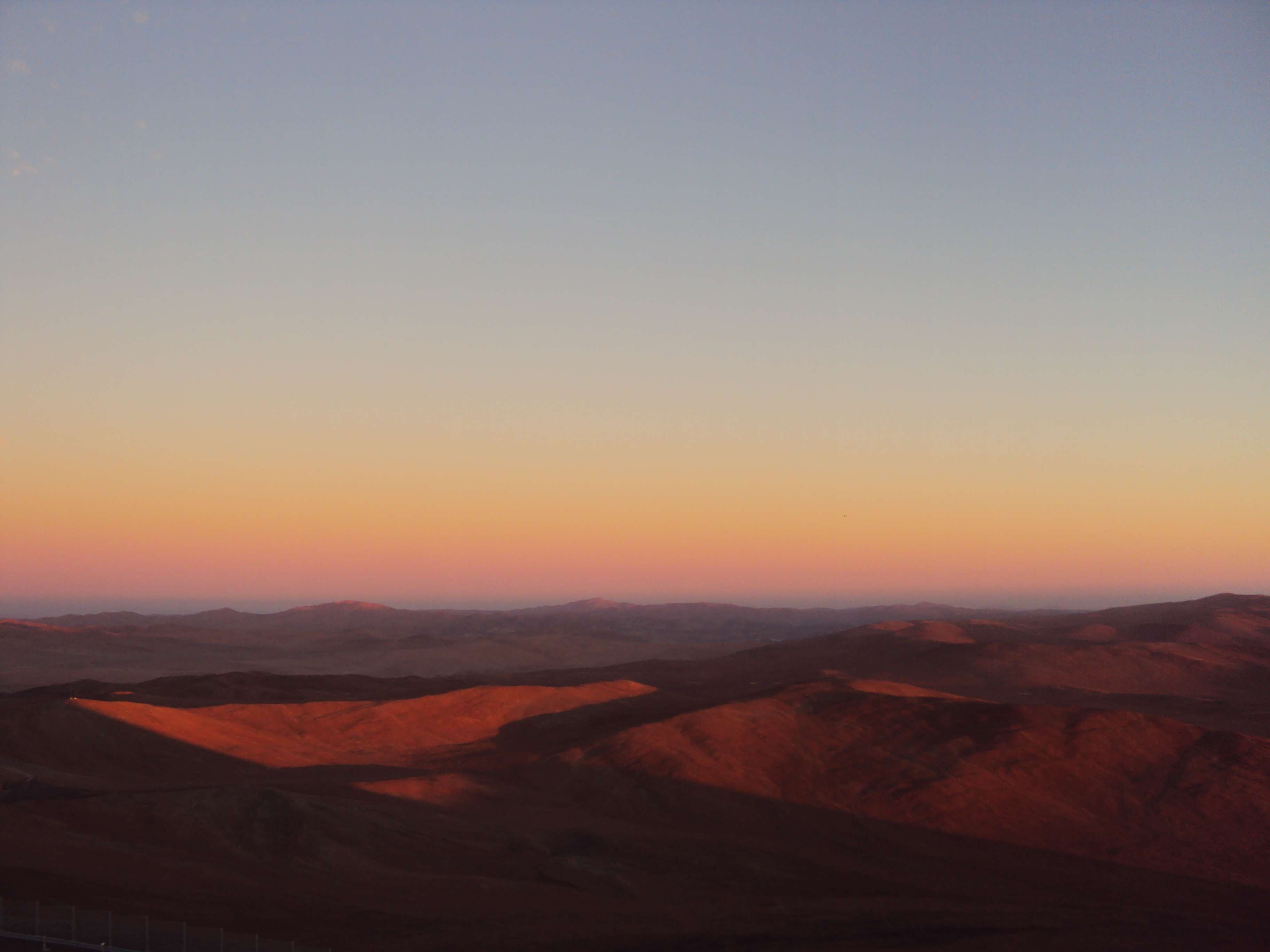| Home | Research | Projects | CV | Thesis | Pictures | Contact | Links |
Research Interests
My main research interests involve studying dust and gas forming objects such as:,
- large stellar surveys - Benchmark Stars,
- low mass evolved stars on the Asymptotic Giant Branch,
- high mass evolved stars - Wolf Rayet stars,
- the central engine of the Active Galactic Nucleus surrounded by the warm dust and gas
For the investigation of these objects I am combining high angular resolution observations in the optical and infrared wavelengths with state-of-the-art theoretical modeling.
Benchmark Stars
The overall research aim of the project is to deliver precise atmospheric parameters of stars that will be used as golden standard stars for large stellar surveys of the Milky Way, e.g., the astrometric space mission Gaia and its ground-based spectroscopic follow-up Gaia-ESO. I obtained interferometric observations of a sample of stars that were chosen from a catalogue prepared by the Gaia-ESO Survey team. The catalogue includes specially selected stars with an extensive range in metallicity and evolutionary phase. The interferometric observations provide precise measurements of angular diameters, and deliver accurate direct determination of effective temperatures. These effective temperatures have much higher accuracy compared to the ones from the standard spectroscopic and photometric methods. The directly determined, and fully independent, effective temperatures are essential for testing and improv- ing stellar-atmosphere models and synthetic spectra. Those are required for the correct assessment of the atmospheric parameters of the Gaia-ESO and Gaia sources. The project delivers precise and homogenize parameters for a sample of benchmark stars that will calibrate not only the Gaia and Gaia-ESO Surveys, but will also help to calibrate other large stellar surveys, as well as to accurately cross-calibrate them.
Evolved Stars
Evolved stars are the major source of stellar dust in our Galaxy, returning matter to the interstellar medium and providing material for new star and planet formation. As such, their violent mass loss process is under intense investigation. The main motivation of my projects is to study the strong mass loss occurring during the late stages of stellar evolution, which is still poorly understood. In particular, I focus on answering the following questions: How is the pulsation of stars on the Asymptotic Giant Branch (AGB) related to the dust condensation sequence and thus to the mass loss? What are the main differences between AGB stars and the more massive Red SuperGiant stars (RSGs)? How does the mass loss of oxygen-rich stars differ from that of carbon-rich stars? To answer these questions, the projects focuse on studying evolved stars of different masses and chemical compositions observed with the highest available angular resolution, using the AMBER and MIDI instrument at the Very Large Telescope Interferometer (VLTI). The data are exploited by using different theoretical codes: radiative transfer codes, an image reconstruction code, and a multidimensional hydrodynamical code. The scientific projects are based on observations with AMBER and MIDI, the first generation interferometric instruments installed at the VLTI. However, part of my projects is also dedicated to the next generation mid-infrared interferometric instrument MATISSE. MATISSE will open two new observing windows in the L and M bands. For the very first time, it will combine beams of 4 telescopes, allowing imaging in the mid-infrared band. I plan to focuse on assisting with the preparation of user-friendly image reconstruction code. This task is of high importance since the first light from MATISSE is expected in 2016.
Optical/Infrared Interferometry
The resolution of any telescope is limited by atmospheric fluctuations and by the size of its aperture (i.e. the diameter D of the telescope). The theoretical angular resolution, Θ, is given by sin Θ=1.22λ/D, where λ is the observed wavelength. To resolve the atmospheric structures of AGB and RSG stars, high resolution observations are essential (typical photospheric angular diameters are of the order of ∼10mas). This would require telescopes with very large aperture (∼100m), which is currently technologically not possible. Interferometry is a unique technique that offers a cost-effective alternative by combining light beams from two or more comparatively small telescopes, emulating a virtual telescope up to hundreds of meters across (distances between the telescopes are referred to as baselines). By increasing these baselines, the system is capable of achieving very high resolutions, offering the resolving power of a virtual telescope of diameter D represented by the baseline. High angular resolution of a few milliarcseconds allows precise measurements of stellar diameters, as well as intensity profiles across stellar disks of nearby stars. Systems with three or more telescopes additionally allow the measurement of the so-called closure phase which provides information about the geometry of the observed object (symmetry/asymmetry). Due to their high luminosities, evolved stars are ideal targets for high angular resolution observations.
Wolf-Rayet Stars
The strong dust emission in the Wolf-Rayet (WR) system resembles the dust properties of known massive WR binary systems. Recent observations suggest that a close massive companion star and the resulting collision of stellar winds are necessary for such a substantial formation of dust within the intense radiation field of a WR star. But our target WR76 is still a prominent contradictory case which could not be proven to be a binary system so far. Direct tracers for stellar binarity (e.g. optical spectroscopy) are hampered by the immense dust content. Therefore we used VLTI/MIDI observations to probe the system and its dust morphology at the highest available angular resolution in the infrared, where the dust emission dominates. This interferometric approach is the only option to constrain important ingredients for the known dust formation scenarios based on massive binaries such as inhomogeneity and asphericity and to probe their applicability.
